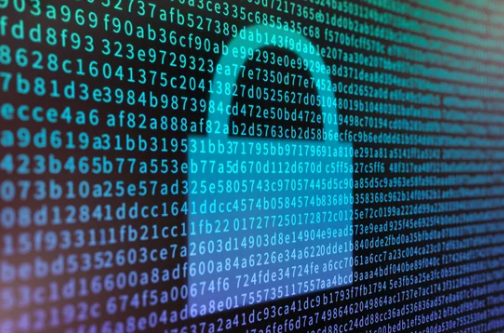A Beginner’s Guide to Understanding Cryptography

Cryptography protects your information at each step, whether buying groceries with your credit card, sending emails to your coworkers, or connecting to the WiFi at your local coffee shop. It’s an essential skill that should be part of everyone’s toolkit.
With the aid of a secret key, messages are encrypted via cryptography and rendered unintelligible. It’s an area that has a long history, beginning with simple ciphers and moving into modern encryption algorithms.
Encryption
Mathematics and computer science combine to form the field of cryptography, which protects messages and electronic data from prying eyes. It uses mathematical models to scramble plain text into an unreadable format called ciphertext. Then, it uses a key to unscramble the ciphertext into its original form.
Today, cryptography is used in everyday transactions to protect personal information like credit card details and home addresses from hackers. It also keeps conversations private on messaging apps like WhatsApp and secures web browsing on the internet. It’s a vital technology we use daily, but it is only sometimes this way. Cryptography is based on principles dating back thousands of years.
For example, the ancient Spartans used a scytale to send secret messages during battle, which involved writing letters on a leather strap wrapped around a rod. The message could only be read by those who knew how to decipher the coded message, which was determined by a series of shifts in the alphabet (such as moving down four spaces and over to the left, turning an “E” into a “Y”).
Modern cryptography uses a much more complex procedure. One of the most prevalent types of cryptography is symmetric encryption, which encrypts and decrypts communications using a single key shared by the sender and recipient.
Hash Functions
A hash function takes a plaintext data input (like the password in your online banking account). It turns it into an irreversible mathematical computation that produces a fixed-length output value. These values, known as hash values or hashes, are similar to a fingerprint and provide authentication and data integrity in cyberspace.
Hash functions are critical to public key cryptography, which includes digital signatures and cryptocurrencies. They ensure the authenticity and integrity of information by detecting tampering and ensuring signatory non-repudiation.
The hash function’s unique properties are valuable for securing data at rest or in transit, as they prevent cybercriminals from using reverse engineering to view the original plaintext. In addition, it’s nearly impossible to find two different inputs with the same hash value, known as a collision.
Typically, hash functions have three properties: deterministic, collision-resistant, and preimage-resistant. The deterministic property is essential to the security of hash functions; any function that fails in this regard is not considered cryptographic. Collision resistance is necessary to ensure the integrity of hashes, as even tiny changes in the underlying data can produce an entirely different hash.
The most widely used hash function today is MD5. It produces a 128-bit hash value or digest that’s essentially unreadable.
Key Exchange Algorithms
Key exchange algorithms securely establish a communications channel for symmetric key encryption. They are typically a part of what’s known as the SSL handshake — that preliminary step that occurs between a client application, such as a Web browser or file transfer program, and a server.
To avoid this type of eavesdropping, the key exchange algorithms in the elliptic curve Diffie-Hellman family (ECDH) allow them to generate a shared secret value that they can then use to encrypt messages. Both parties must agree on domain parameters first, and then each creates a private key D (a random integer in the range) and a public key Q (a point on an elliptic curve). They share their keys, and a third party cannot decipher any encrypted messages with these keys because they are unique.
Digital Signatures
Digital signatures (e-signatures) are like digital “fingerprints” that verify the signer’s identity and ensure the document or message has not been tampered with. They also help enforce security during data transfers. That is why you see them on e-auctions, e-tendering, e-ticketing, and court filings.
They use cryptographic algorithms, including encryption and hash functions, to create a unique and secure identifier that the intended recipient can verify. It is a powerful tool for business as it helps reduce the need for paper documents and makes office work more efficient. IA digital signature is equivalent to a handwritten signature legally in most situations worldwide.
The key to a digital signature is based on public-key cryptography, which uses private and public keys to securely link the sender with the message or document they are signing. The private key is kept secret, while the public key can be verified by anyone accessing a trusted Certificate Authority (CA), which issues these certificates.
You can see these digital certificates in action whenever you visit a website that displays the little padlock icon at the top of your browser or in the end-to-end encrypted emails you receive from people you trust. They are also used to verify the identity of remote devices connecting to your network via IoT so that you can be sure it’s a legitimate, secure connection.



